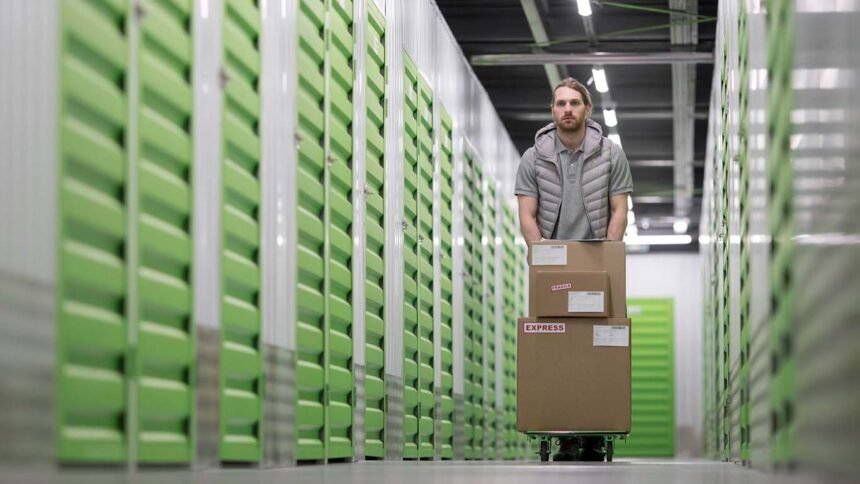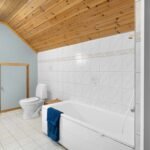Easily transportable fabric structures can be transformed into useful offices. Turned into industrial offices with some minor alterations and the help of efficient storage solutions, these containers are efficient and comfortable working spaces.
Portable office containers have some lighting, storage, layout, climate control and technology tips that you can get from this article. So, continue reading before you look for shipping office containers.
Ensure Adequate Illumination
Natural light from well-lit overhead lights is ideal for a shipping container office. One can opt for LED light panels or tube lights so that all areas are brightly lit. Position lamps and portable lights in spots around the workstations or other locations that require specific task illumination.
They also admit plenty of light during the day since most of the space is filled with large windows. Increase the amount of natural light that enters the container office by adding skylights if required.
When properly lighted, portable offices eliminate eye strain and enhance productivity as well as moods of workers.
Maximizing Storage Solutions
Another challenge faced in portable offices is the lack of space. There should be provision of shelves, racks, cabinets, and modular organizers on the walls or above the working areas.
Rods and slatwall panels Store as many items up off the floor as possible and hang items that are used most often on hooks. Shelves can be used to store all sorts of archived files and supplies in readily accessible space saving boxes under desks or seating.
It will be useful to discuss multi-level and movable storage systems. Maintain time-sensitive items within easy access to avoid spending too much time looking for them. Optimal storage increases the efficiency of the work and also provides additional storage space on the floor.
Efficient Layouts And Zones
Carefully plan the position of offices in relation to designers’ workstations, meeting places, canteens, etc. Try to isolate noisy machines or equipment. Allocate some areas for personal concentration and others for group projects.
Connect the passages for the walking traffic between the furniture and the aisles to avoid tripping points. Provide a large space for the legs under desks. Provide ergonomic chairs, anti-fatigue floor mats and adjustable furniture and equipment for convenience.
Organize office layouts to facilitate supervisors to have sight of employee working environments. In the event that the office is large, use post directional signage or area maps.
Control Temperature And Ventilation
Portable shipping container offices become hot and stuffy. Ensure you have installed air conditioning that can handle the size of the container that is industrial. Thermostats enable temperature control.
Ensure that there is proper circulation of air by placing the fans in the right spots. Remove a wall or part of it or use a louvered wall instead to allow fresh air in. If activities generate fumes or odors, then consider fitting with ventilators and exhaust fans.
Let a certain amount of light and air inside, but do not let direct sunlight in because it causes much heat. Maintain a healthy work environment by ensuring that it is always warm and constantly regulating the temperatures inside the building.
Essential Technology
Technology enhances efficiency and cooperation in a container working space. Provide high-speed secure Wi-Fi connectivity for the entire workspace. Install VoIP phone lines and video conferencing equipment.
Make sure there are enough power sockets and USB charging points that are easily accessible. Think in terms of touch screen displays, smart boards and monitors, all ideal for meetings.
Hire public address systems to make announcements from mounted television screens. Buy noise cancelling headsets that allow for focus work. Telecommuting and other flexible work options can be easily implemented since workers can have secure access to the company’s central server regardless of their location.
Conclusion
Transforming simple portable storage bins into efficient working offices involves a few tweaks. Therefore, mobile offices can be very useful, functional and comfortable if the space is used wisely with storage, ergonomic furniture and equipment and state of the art technology.
Employees have optimum, comfortable workplace conditions that contribute to efficiency. Corporations are more suitable with flexible offices that can move to adapt to the organization’s changes. With a lot of ingenuity, portable shipping containers are nothing more than multipurpose remote offices.










